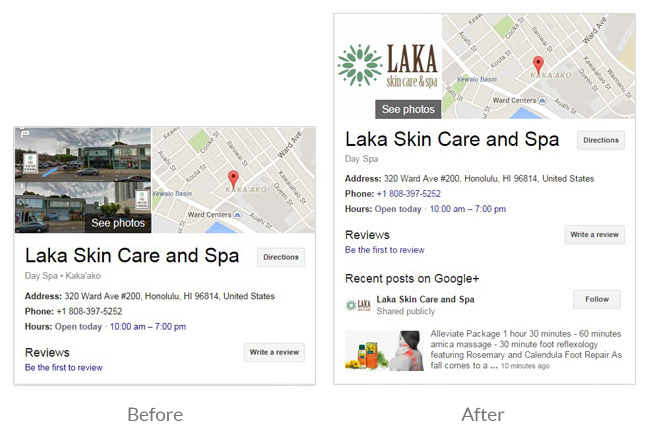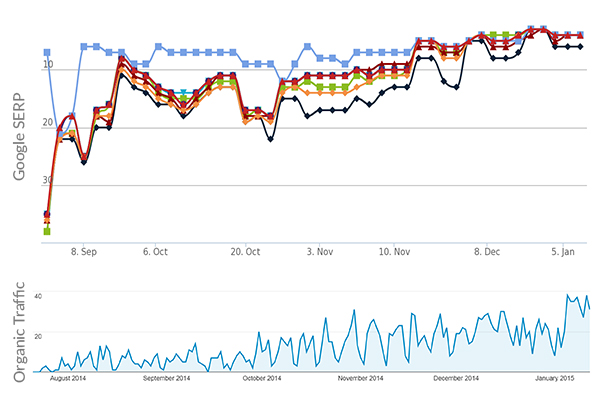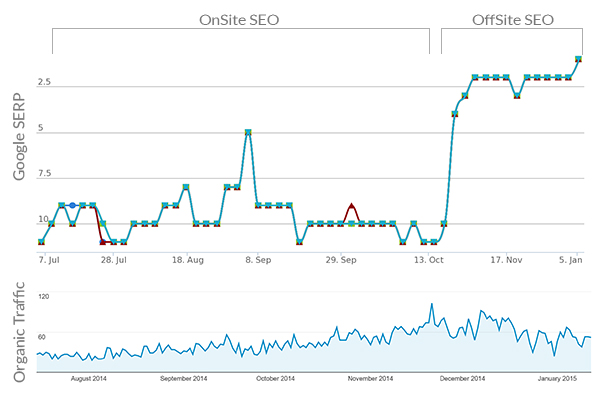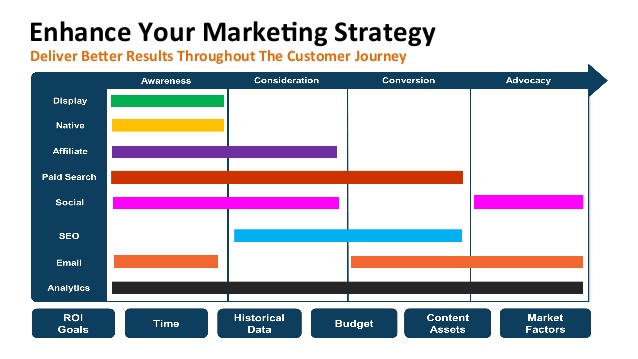
1. LOCAL SEO
Local SEO ensures your brand is findable — and looks and sounds great — on mobile devices by customers in your target audience. Local SEO consists of:- Determining the current state of your website in local Google results
- Identifying keywords and the number of local searches for each
- Identifying and analyzing your local SEO competition
- Building an SEO strategy
- Ensuring your Google+ strategy is up to date and working to build your brand
- Building a Social Media strategy
- Monitoring Google, your local competition, and your digital marketing strategy
- Making sure your digital marketing strategy is always up-to-date


2. KNOWLEDGE GRAPH SEO
When you search, you’re not just looking for a web page, you’re looking to get answers, understand, or explore. Google is building a massive graph of real-world things to bring you more meaningful results and help you discover more. We help you create and/or optimize your brand’s Knowledge Graph and ensure it shows beautifully in search. Effective Knowledge Graphs contain:- Correct name, address, telephone number, and Google maps location
- Company logo
- Beautiful images that reflect your brand’s mission, vision, and values
- Business category
- Hours you are open for business
- Latest posts
- Reviews
- Events and special offers

3. ONSITE SEO
OnSite SEO consists of changes within your website’s code. Using semantics (what people really want to find when they type in search terms) and structured data (how your web site is coded to help match what people say they are looking for), we help Google better understand your website’s content. During the OnSite SEO phase of a project, clients see small improvements that ensure a strong foundation for OffSite SEO. OnSite SEO includes:- Auditing
- Keyword planning
- Error resolution
- HTML optimization
- Creating SEO-friendly URLs
- Content strategy
Here is an example of big changes resulting from OnSite SEO that we performed for a coffee and vending machine client:

When we started in September, 2014, this site ranked 25 in the Google Search Engine Result Page (SERP) for ‘vending machines’ and even lower for other keywords. By the time we finished OnSite optimization in November, 2014, our client ranked at least ten in most of his the target locations. The increase in Google SERP ranking continued in the following months, reaching position four in a mere four months. Organic traffic increased as well, especially after the client reached the first page in Google’s SERP, as you can see on the two graphs above.
4. OFFSITE SEO
Creating and posting new content in a variety of places, including your website and other high authority sites, increases website SEO authority by providing links back to your website. Offsite SEO mainly consists of:- Auditing external linking structure
- Raising site authority

In the case of this massage chair producer, OnSite SEO itself did not produce outstanding results. As happens so often, OnSite SEO created the foundation for the OffSite SEO strategy, which had a huge impact on Google’s SERP rankings and organic traffic, as you can see in the graphs above.



